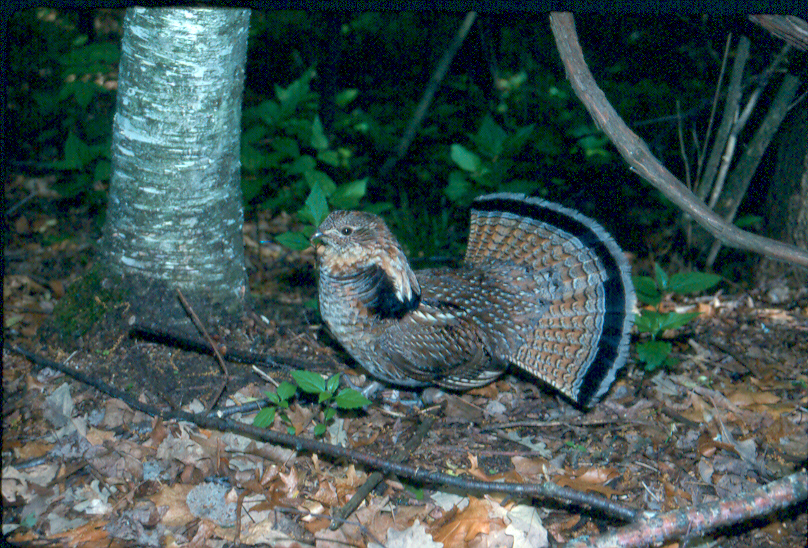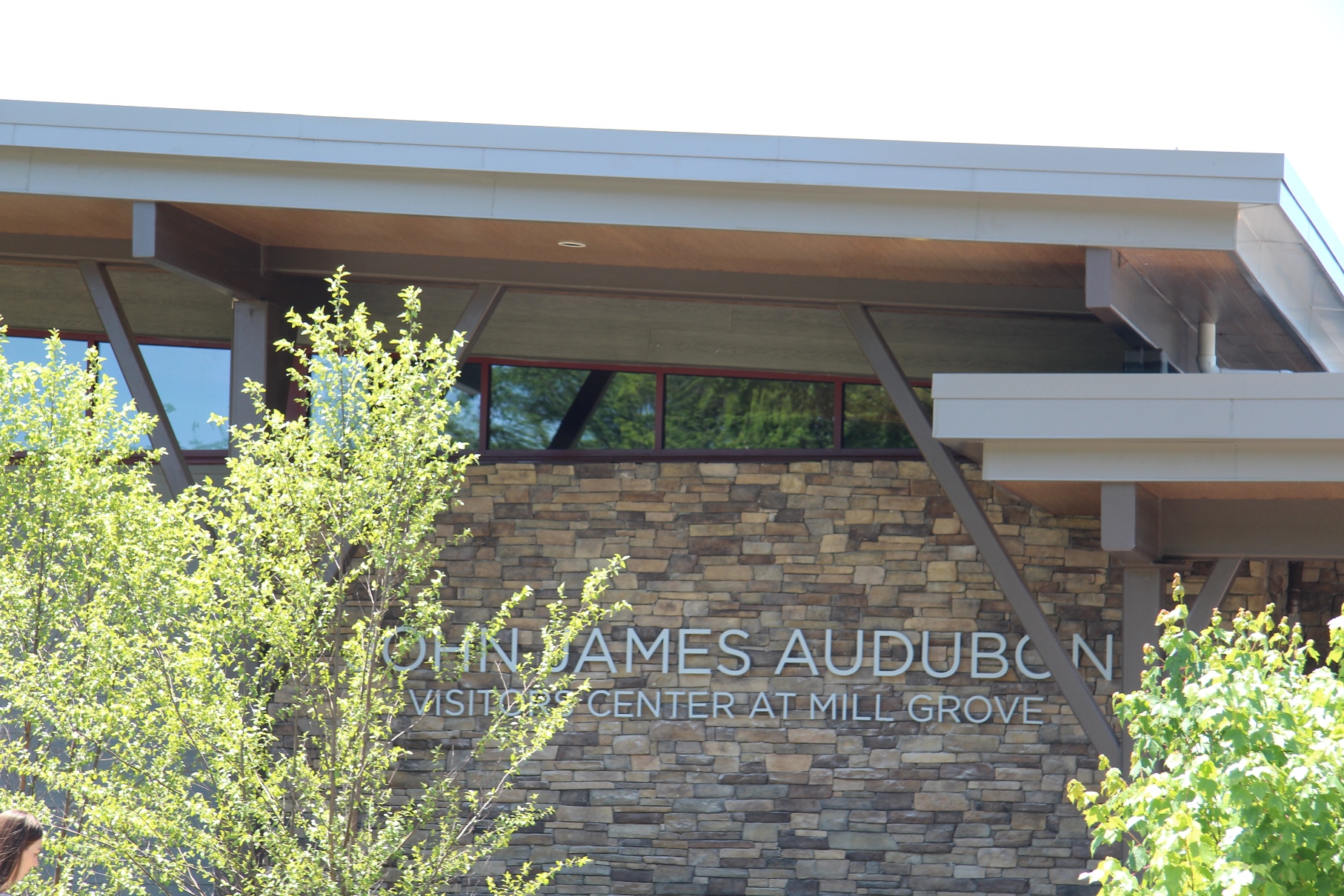
The Ruffed Grouse, an American Native
The Ruffed Grouse is one of 10 native grouse species native to the U.S. They live in 38 states, mostly in the northern section of the country. In the east they live as far south as northern Georgia and northeastern Alabama. This is a hardy bird, and thrives during severe winters. They range in size from 17 to 25 ounces, which is slightly larger than a pigeon. As with most species, the males are generally larger than females.
The name “ruffed” comes from the long shiny feathers on the neck (which is more prominent in males) that when the bird is threatened or showing off, puff up to make the bird look twice as large as it really is. It has a long, fan-shaped tail, frequently with a dark band near the end, and short legs. The coloration of males and females can be very similar, making the best way to determine sex being the length of its tail or primary flight feathers. Ruffed Grouse can vary in their primary coloration, from gray to brown to red, and are patterned with dark bars and spots on reddish brown or gray feathers. Gray birds are more common in areas with a cold winter.
Males are territorial, and share 6-10 acres of woodland with one or two hens. The male uses a “drumming” display to assert his property rights: he makes a sound by beating wings while standing on a stone or log so as to be more easily seen. The sound is much like a lawnmower starting. Drumming is more frequent in the spring as he is advertising to possible mates. These displays most frequently take place just before or just after sunrise, or sometimes on moonlit nights.
Ruffed Grouse are rather solitary; they may gather in loose flocks but do not form pair bonds. Courtship lasts only a few minutes, then the hen leaves to make a nest and raise her young with no further interaction with the male. These nests are generally hollowed out areas in leaves near a tree or in brush, in an area where she can watch for predators. She lays 8 to 14 eggs over a period of about two weeks. Incubation takes another 24 to 26 days. The chicks, which are about a half ounce and the size of a man’s thumb when they hatch, are able to feed themselves right away and begin to fly at about 5 days old. They are full grown at 16 to 17 weeks and head out on their own at that time, with the males leaving a week or two before the females.
These birds are omnivores and eat primarily green leaves, fruits and insects (they sometimes will eat snakes, frogs and salamanders) , and when snow prevents this diet, they eat the dormant buds of trees. This makes then unpopular among farmers with fruit or nut producing trees.
The mortality rate is rather high; about half die in the first year, largely due to predators (frequently other birds such as hawks and owls). Others die from disease, parasites, severe weather or from crashing into trees.
The Ruffed Grouse was named Pennsylvania’s state bird on July 22, 1931. Early settlers relied on this bird as a food source. We know that Mrs. Harry J. Shoemaker, Chairman of birds and flowers as well as the officers of the State Federation of Women’s Clubs encouraged this choice, but there appears to be no record of the reasons behind it.






